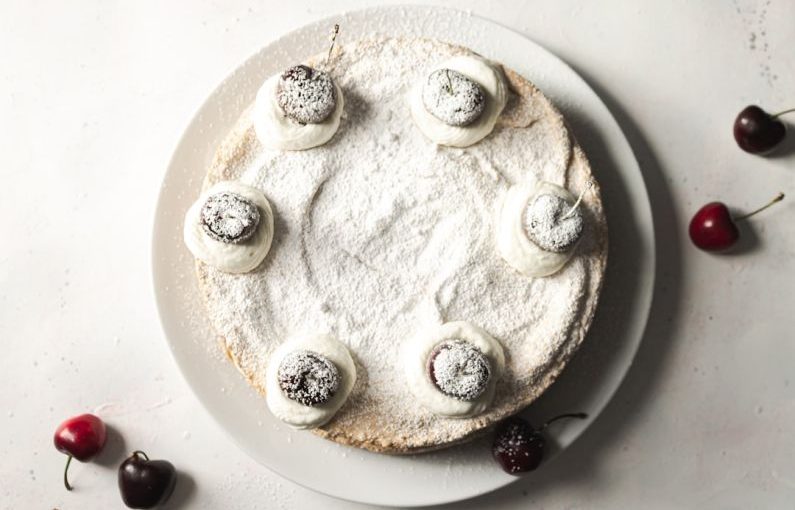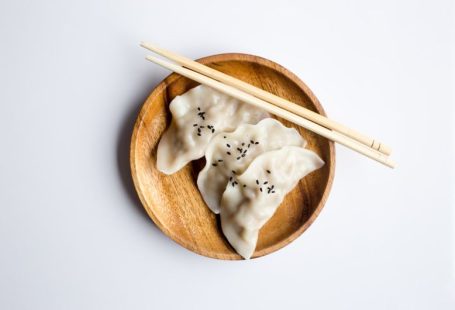Powdered sugar, also known as confectioner’s sugar or icing sugar, is a staple ingredient in baking and pastry-making. This fine, powdery substance is commonly used to sweeten and decorate various desserts, making them visually appealing and adding a touch of sweetness. Let’s delve into the world of powdered sugar and explore its versatility and importance in the culinary realm.
The Origins of Powdered Sugar
The history of powdered sugar dates back to ancient times when sugar was first refined into a crystalline form. However, it wasn’t until the 19th century that the process of grinding granulated sugar into a fine powder became widespread. This innovation revolutionized the world of baking and confectionery, allowing for easier incorporation of sugar into recipes and creating a smoother texture in finished products.
Versatile Uses in Baking
Powdered sugar is a versatile ingredient that plays multiple roles in baking. It is commonly used in frostings, glazes, and icings to provide a smooth and creamy texture. When mixed with liquid ingredients such as water or milk, powdered sugar forms a thick, sweet paste that can be drizzled over cakes, cookies, and pastries.
Additionally, powdered sugar is often dusted over baked goods like donuts, waffles, and French toast to add a decorative touch and enhance the overall presentation. Its fine texture allows for easy sprinkling and creates a delicate, snowy finish that is visually appealing.
Sweetening without Grittiness
One of the key benefits of using powdered sugar in baking is its ability to dissolve quickly and evenly, resulting in a smooth and creamy texture without any grittiness. Unlike granulated sugar, which can sometimes leave a grainy texture in desserts, powdered sugar blends seamlessly into batters and frostings, creating a velvety finish.
Moreover, powdered sugar is ideal for recipes that require a delicate sweetness without the added crunch of granulated sugar. Its fine texture allows it to evenly distribute throughout the batter, ensuring a consistent level of sweetness in every bite.
Decorative Finishes and Garnishes
In addition to its role as a sweetening agent, powdered sugar is widely used in decorating baked goods. Pastry chefs and home bakers alike rely on powdered sugar to create intricate designs, patterns, and garnishes on cakes, cookies, and pastries.
By using stencils, sifters, or even just a simple dusting technique, powdered sugar can be transformed into decorative elements that elevate the visual appeal of desserts. From elegant swirls and patterns to whimsical shapes and designs, the possibilities are endless when it comes to using powdered sugar as a decorative tool.
Powdered Sugar in International Cuisine
Powdered sugar is a ubiquitous ingredient in various international cuisines, where it is used in a wide range of traditional desserts and sweet treats. In Italian cuisine, powdered sugar is sprinkled over classics like tiramisu and cannoli to add a touch of sweetness and a decorative finish.
Similarly, in French patisserie, powdered sugar is a common ingredient in pastries like éclairs, macarons, and mille-feuille, where it enhances the presentation and provides a subtle sweetness. Whether it’s dusted over beignets in New Orleans or incorporated into Japanese mochi, powdered sugar has earned its place as a versatile and essential ingredient in global culinary traditions.
The Sweet Legacy of Powdered Sugar
As we’ve explored the world of powdered sugar, it’s clear that this humble ingredient plays a significant role in the art of baking and pastry-making. From sweetening frostings to creating decorative finishes, powdered sugar has become a beloved staple in kitchens around the world.
Whether you’re a professional pastry chef or a home baker experimenting with new recipes, powdered sugar offers endless possibilities for adding sweetness and visual flair to your creations. So the next time you reach for that bag of powdered sugar, remember the magic it brings to your desserts and savor the sweet legacy of this essential baker’s dust.





